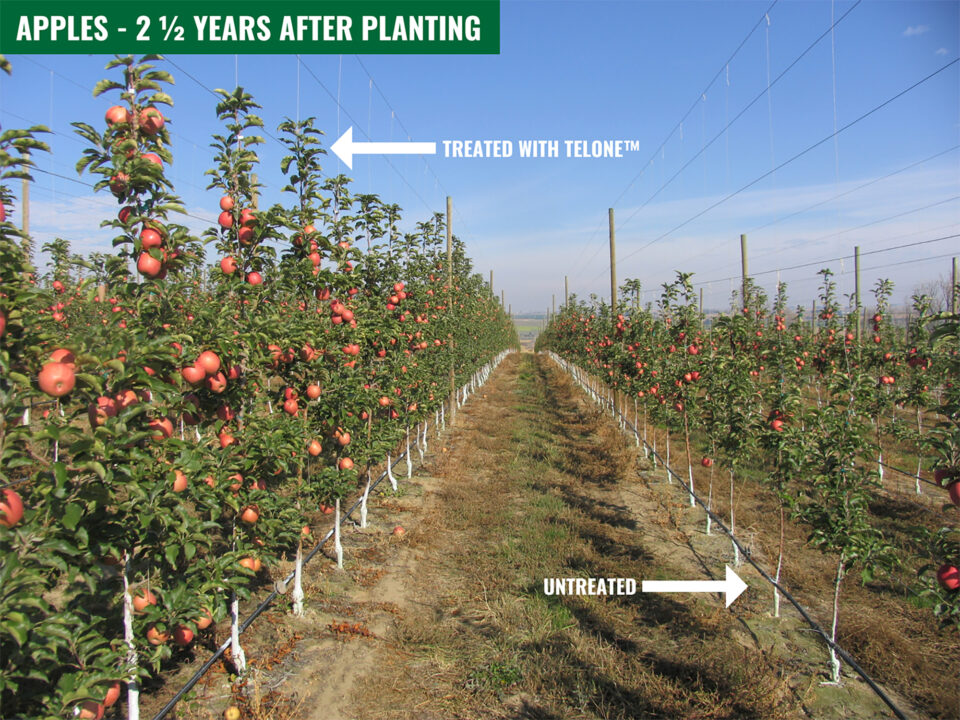Ways To Lighten the Cost of Growing Greenhouse Tomatoes

For optimum crop health, tomato crops need water and fertilizer, but light is the driving force for photosynthesis. It allows tomato plants to accept more energy, reduce water loss, and maximize growth.
To mitigate the costs of growing tomato plants, greenhouse light systems and internal climates alike must be taken into consideration. Lighting systems can be designed to supplement lower levels of light during certain seasons. To reduce costs, growers can use supplemental light during the winter months. The lighting can be set for the perfect number of micromoles preferred. And since target micromoles will be achieved or exceeded with sunlight most of the year, the supplemental lighting can used when it would most benefit crop growth.
RELATED CONTENT: Prevent Tomato Disease From Wreaking Havoc in the Greenhouse
Growers can then implement a two-crop rotation where it’s possible to begin planting tomatoes in June or July, and then seed again in December or January. This process is the best way to produce the most fruit in a greenhouse. With supplemental lighting, larger yields can be achieved — exceeding actual environmental conditions that are dependent on seasons.
Continue reading for more tips to mitigate costs of growing tomatoes in a greenhouse at GreenhouseGrower.com.









